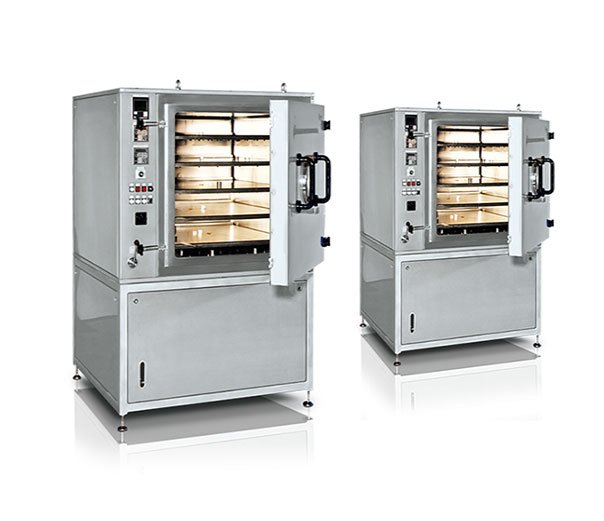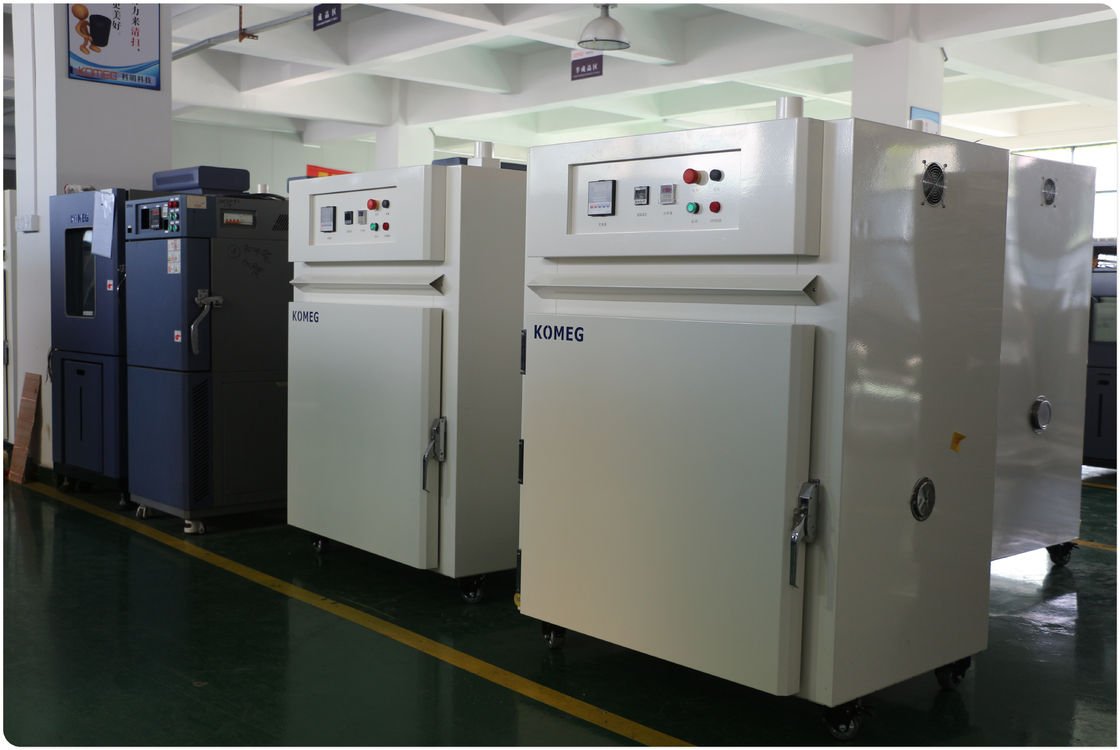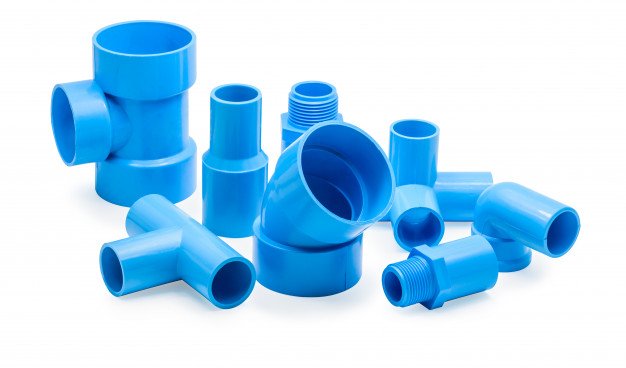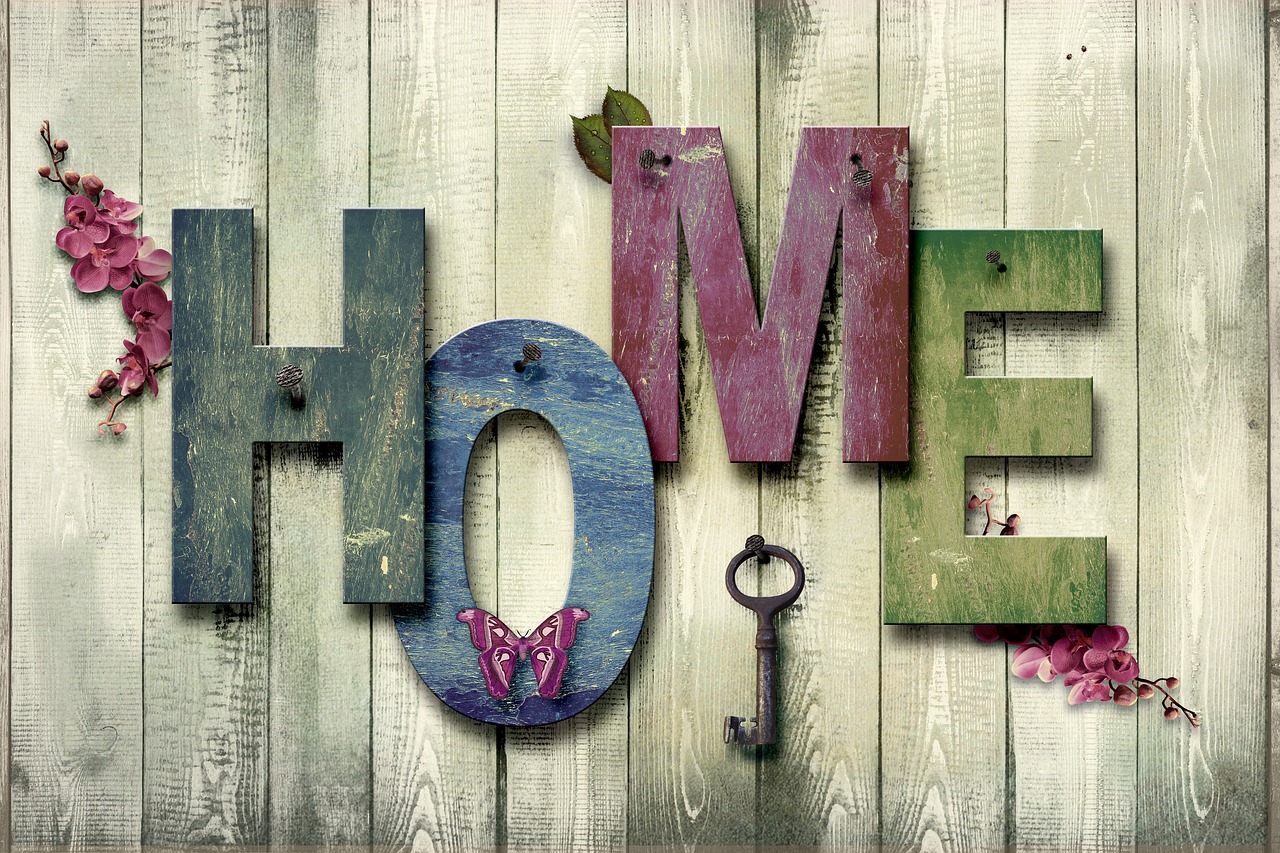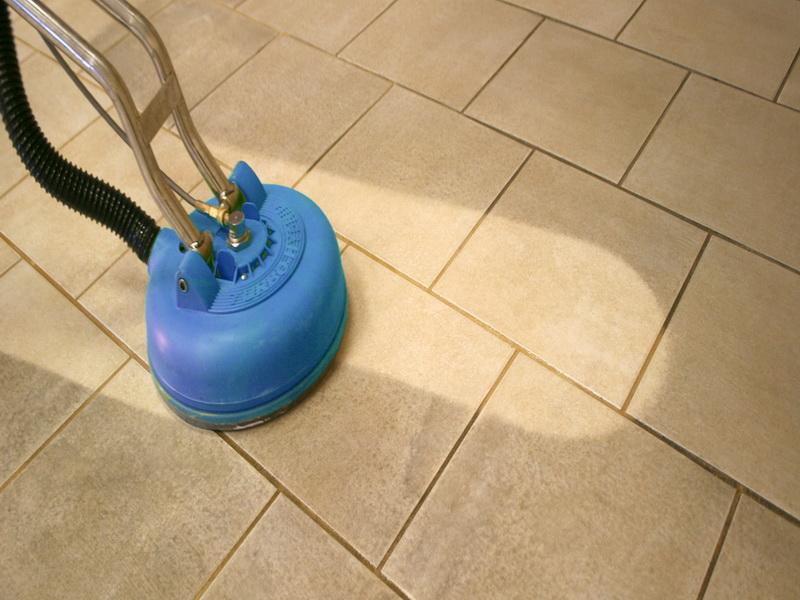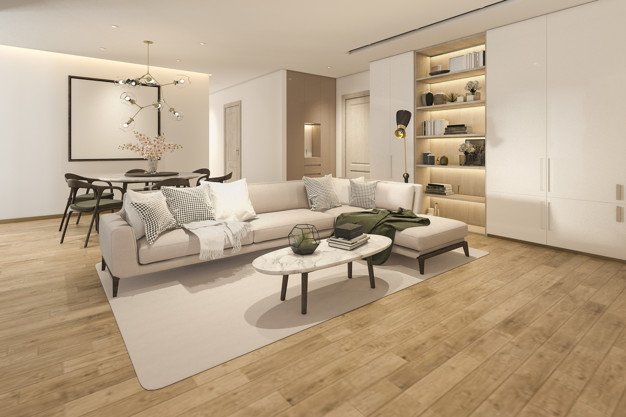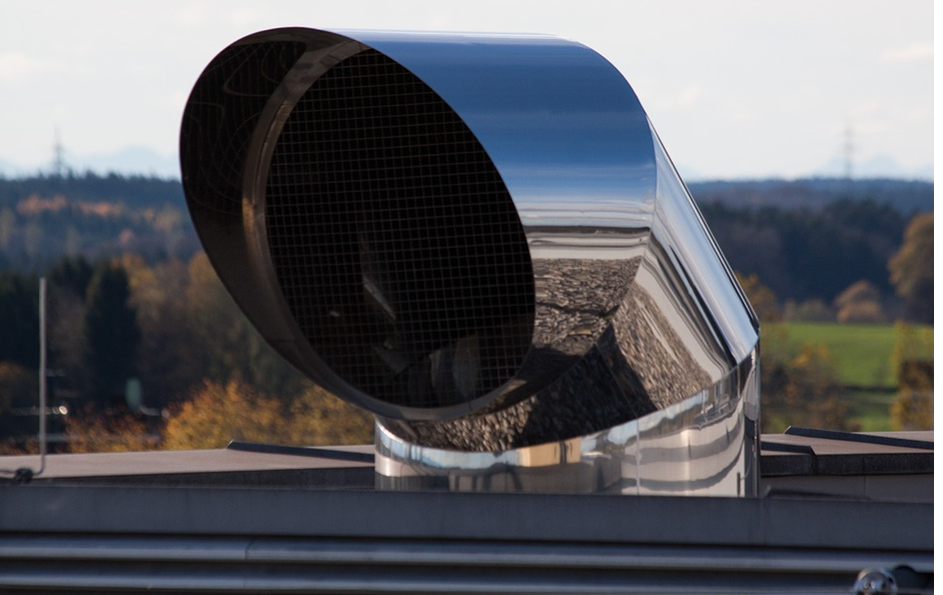Vacuum ovens play a critical role in several industries like agriculture, pharmaceutical, semiconductors, electronics, textiles, and food processing. Vacuum ovens are essential tools in laboratory tests, engineering, aerospace, and in many different industries. It’s also commonly used in drying cannabis, herbs, fruits, and vegetables.
The technical process in the operation of a high vacuum oven involves removing the moisture of the solid material inside the chamber. It’s ideal for drying hygroscopic materials, or those that quickly absorb moisture in the air.
Examples of hygroscopic substances are methanol, sodium hydroxide, honey, sulfuric acid, and glycerin.
How Does an Industrial Vacuum Ovens Work?
Vacuum ovens work by reducing the pressure just below the vapor pressure of water. As a result, the water will boil. Through the use of the vacuum pumps, the pressure around the oven is slowly lowered. The boiling point of water inside the material will drop down, and this will trigger evaporation.
What most people do not know is that water will boil at a lower temperature as long as you lower the pressure around it. If you boil water at very high altitudes where the temperature is low, it will still boil even at less than 100°C.
Inside the vacuum, the pressure is lowered to the point where the liquid will boil at room temperature.
A high vacuum oven can dry a substance faster compared to an air oven because of compact pressure and low humidity.
When is a Vacuum Oven Used?
You can use a vacuum oven in the following scenarios:
- For particle accelerators and vacuum coating. The process will stretch the distance that the particle should cover before it collides with another particle.
- To take out particles in the air that may trigger a chemical reaction on the substance to be dried. This process is used in vacuum melting.
- To decontaminate surfaces by cutting the number of molecular impacts per second. It’s useful in laboratories that require atomic disinfection.
- To trigger a chemical reaction by agitating the equilibrium in normal conditions.
- To remove volatile substances or dissolved gases. This process is called degassing or freeze-drying.
- To clean microwave tubes during the manufacturing process.
- A high vacuum oven can be used in drying, curing, and baking. They can heat up to as high as 800°C. On average, the standard oven can accommodate up to 13,000 liters.
- Prevent oxidation and decarburization. Decarburization refers to the process of reducing the amount of carbon in the metal.
- Thermal ovens, meanwhile, are used mainly in pharmaceuticals, cosmetics, and the plastics industries. They are designed to dry heat-sensitive substances. Thermal ovens are also used in hospitals to disinfect and dry blankets, pillowcases, etc.
- They can also be used to remove solvents from a particular solution. The solvent will separate quicker in a vacuum environment compared to room temperature.
Before, the material used on ovens is cast iron, which transfers heat very quickly. Nowadays, manufacturers use stainless steel, which is better at withstanding the pressure without sustaining cracks and deformity.
Read Also:













